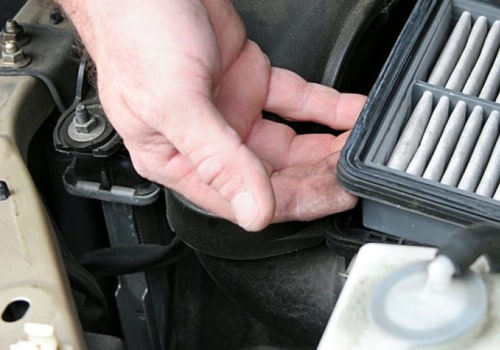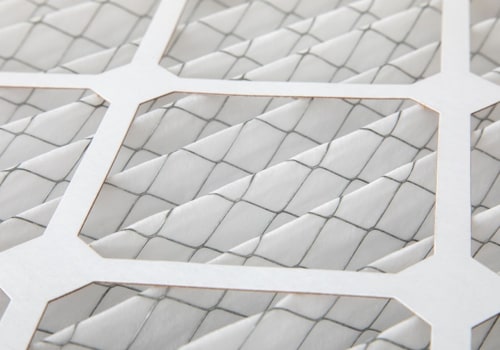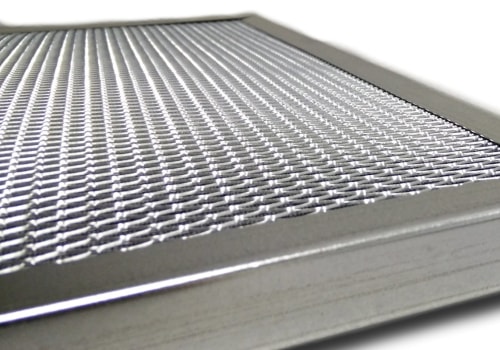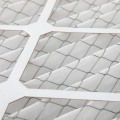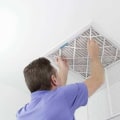Keeping your air conditioning filter clean and functional is essential for maintaining a safe and healthy environment in any commercial building. Washable air filters are the most effective way to filter out particles that are visible or invisible to the naked eye, of 0.5 microns or more. Learning how to clean an air conditioning filter or oven filter is a key part of regular maintenance that can keep the system running smoothly and prevent costly breakdowns. A good rule of thumb is to replace pleated filters every 90 days.
If you have electrostatic or washable filters, you should wash them, dry them and reinstall them once a month. Washable filters are more environmentally friendly and, if properly cleaned and reused, can last 5 to 10 years. A good rule of thumb is to check the filter every month. If you want to save money, you can wash the washable filter yourself to avoid air quality problems.
Filters should be cleaned every 3 to 5 months, based on their MERV classification. When it comes to cleaning air filters, thoroughness is key. The Trane system will tell you when it needs to be cleaned, but in general, you should vacuum the filter every one to three months. Clean more often if you have allergies, smoke, or have furry pets.
Trane recommends that a technician perform a more thorough cleaning of the additional components. For more information, see this Trane video on CleanEffects cleaning methods While waiting for the filter to dry, clean the appliance or the ventilation opening where you removed the air filter to remove dust or cobwebs. Your heating, ventilation and air conditioning (HVAC) system keeps the air in your home clean by trapping dust, pollen, germs, and other contaminants, but all of those particles have to go somewhere. Disposable air filters can't be cleaned enough, and trying to clean them could cause air conditioner efficiency problems or even mold. For best results, plan to clean your home air filters approximately once a month and replace them approximately every six months.
A clean air filter will also prevent dust and dirt from accumulating in the system, which could result in expensive maintenance and utility bills. While waiting for the filter to dry, clean the appliance or the ventilation grille where you removed the air filter to remove dust or cobwebs. A simple way to know if an air filter in a system or appliance needs cleaning is to remove it from its usual location. Individual room heating and air conditioning systems, window air conditioners, air purifiers, humidifiers, oil diffusers, extractor hoods, clothes dryers and vacuum cleaners have air filters that need to be cleaned or changed regularly. The first thing to do when you figure out how to clean an air conditioning filter is to turn off the air conditioner. The system's air filter collects much of this build-up, which can eventually start to interfere with the unit's efficiency, increase utility bills, and even compromise your home's air quality.
If the central air conditioner filter is not cleaned regularly, dust, dirt, bacteria, mold and mildew can build up. You should also keep in mind that disposable air filters (which are normally placed in a cardboard frame) generally do not need to be cleaned and should be replaced when they become dirty. In conclusion, it is important to remember that keeping an air conditioning filter clean and functional is one of the keys to keeping any commercial building safe from dirty air. Cleaning a washable air filter in an air conditioning or heating system is one of the most important things you can do for optimal performance. A good rule of thumb is to replace pleated filters every 90 days and wash electrostatic or washable filters once a month.

